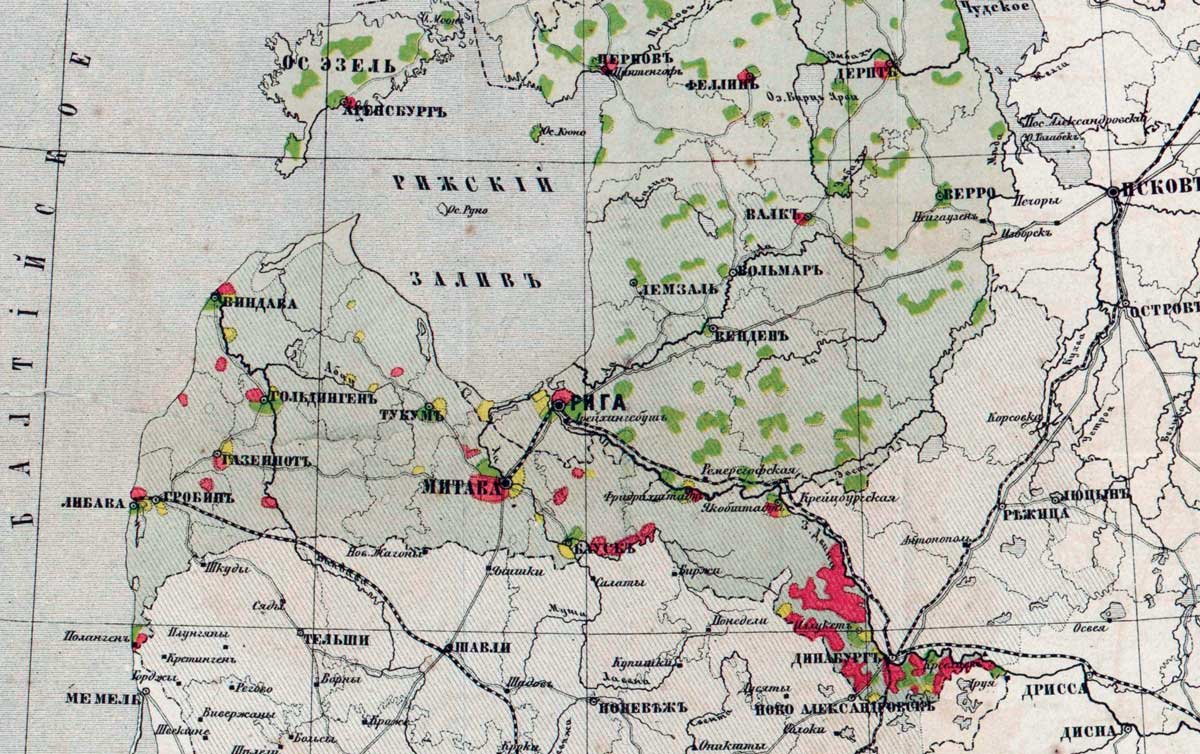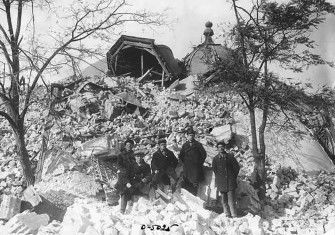Russia’s Baltic Question
Imperial maps of the Baltic provinces continue to shape how Russia views Estonia, Latvia and Lithuania today.

In 1873 Alexander Fedorovich Rittikh, one of the Russian Empire’s most eminent cartographers, published two maps of the Baltic provinces depicting the ethnographic and religious composition of the region’s inhabitants. Rittikh’s maps painted a vivid portrait of a multi-ethnic and confessionally diverse imperial borderlands. Yet, behind the veneer of scientific objectivity, the maps were also a politically motivated attempt to use cartography to legitimise Russian imperial rule over the region.







